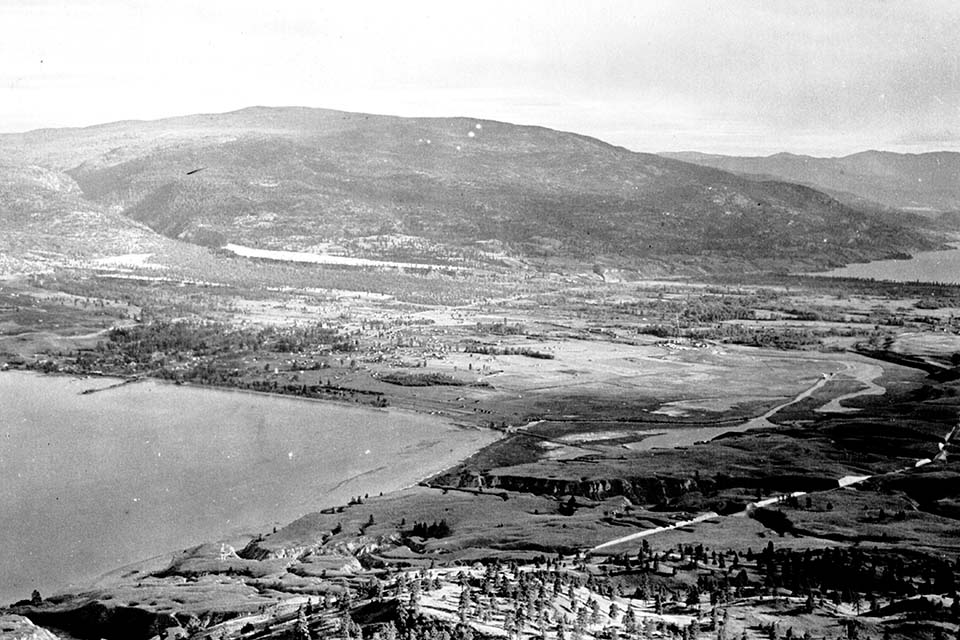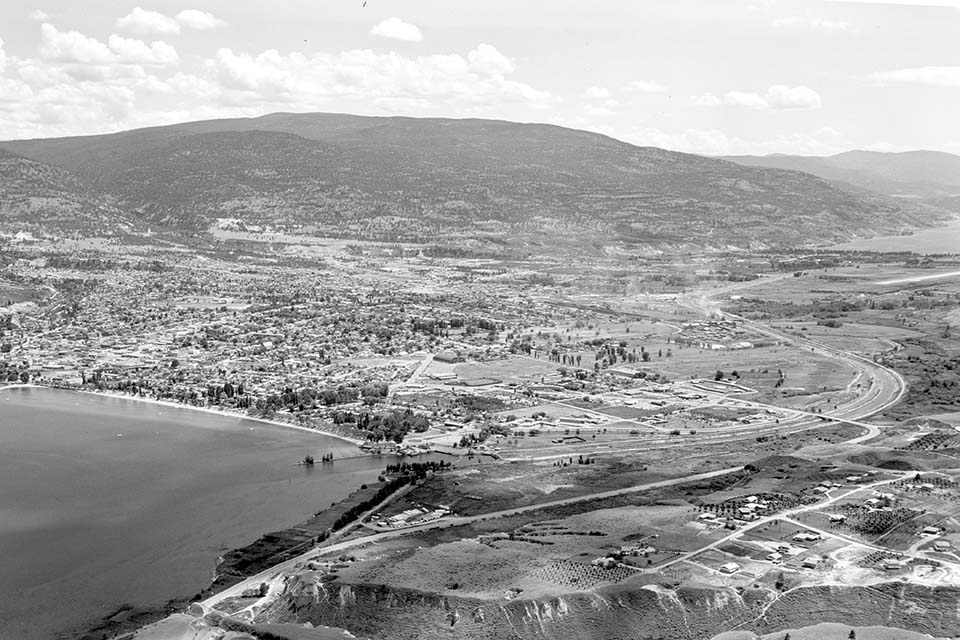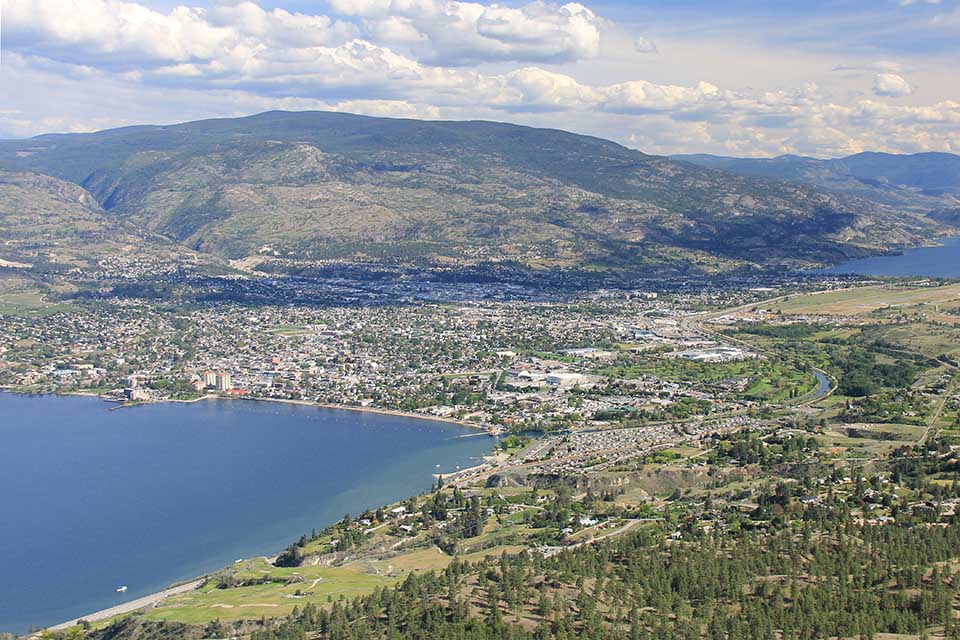Salmon, Streams, and Cultural Change
Marlowe Sam, in an interdisciplinary study, described the importance and demise of the water and salmon ecosystem of the Okanagan River. River channelling and the dam at Okanagan Falls were likely culminating human impacts that ended several millennia-old fishery along the river that native peoples had sustained and even enhanced. 3 Recently, archaeologists, anthropologists, and conservationists have also begun to comprehend the significance of these long-standing native practices for conserving watersheds and fisheries. Archaeologists Sarah Campbell and Virginia Butler show that the salmon fishery along the Columbia River remained highly productive for over 6,000 years even as human numbers and societal complexity grew. They describe how a suite of characteristics for salmon fisheries, such as how fishing access sites could be controlled, salmon’s species high production and renewal, and relatively small human group size with stable membership could favour salmon ecosystem productivity. 4
However, the Okanagan watershed may be an example of a low-flow river, traversing a vast area where it was difficult for native leaders to control overfishing. Marlowe Sam recognized that the Syilx peoples that occupied watershed faced a difficult political process to maintain conservation practices in the watershed:
“It is well documented that the indigenous peoples who occupied the Okanagan River and Lakes system were considered as being a part of a greater Nation. However, sub-groups within the greater Nation may not associate or recognize themselves as being Syilx. The shared use and occupancy by the original inhabitants of this large Interior Plateau region without a doubt revolved around the water systems found within the traditional territory of its Salish inhabitants.” 5
Whatever difficulties the Syilx had prior to European’s arrival in managing the fishery, these probably increased dramatically when Alexander Ross established the Pacific Fur Company’s trading post at the confluence of the Okanogan and the Columbia. Almost immediately, the fur traders required a large store of fish to sustain their staff living and moving across the region, and began to routinely trade for this supply with native peoples both in the Columbia, and the Thompson watershed to the north. 6 This could have dramatically increased salmon harvesting on the lower Okanagan near the fort, possibly resulting in an early collapse of the salmon fishery throughout the watershed. Ongoing research on how native peoples managed fisheries in different geographic situations and how the fur trade impacted these practices can inform modern-day efforts to restore salmon in the Columbia River watershed.
- Gibson, James R. The Lifeline of the Oregon Country: The Fraser-Columbia Brigade System, 1811-47. Vancouver: UBC Press, 1997. ↩
- Sam, Marlowe. Okanagan Water Systems: An Historical Retrospect of Control, Domination, and Change. M.A. Thesis. Kelowna, BC: Okanagan University, 2006. ↩
- Sam, Okanagan Water Systems, p.11. ↩
- Butler, V. L., and S. K. Campbell. 2004. Resource intensification and resource depression in the Pacific Northwest of North America: a zooarchaeological review. Journal of World Prehistory 18(4):327–405; Campbell, S. K., and V. L. Butler. 2010. Archaeological evidence for resilience of Pacific Northwest salmon populations and the socioecological system over the last ~7,500 years. Ecology and Society 15(1): 17. (online) URL: http://www.ecologyandsociety.org/vol15/iss1/art17/ ↩
- Sam, Okanagan Water Systems, p.11. ↩
- Gibson, Lifeline, p. ↩


